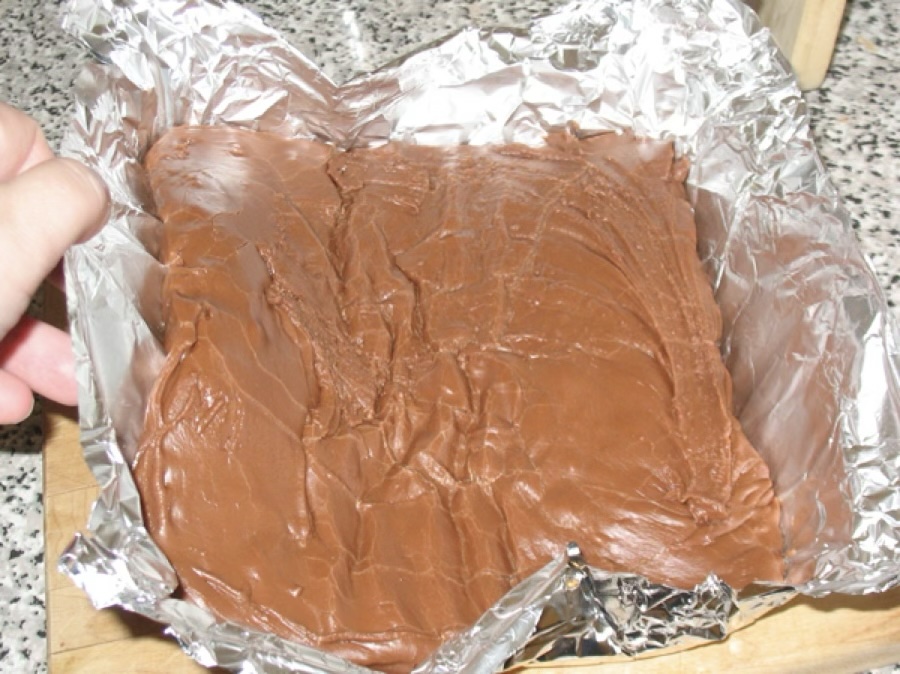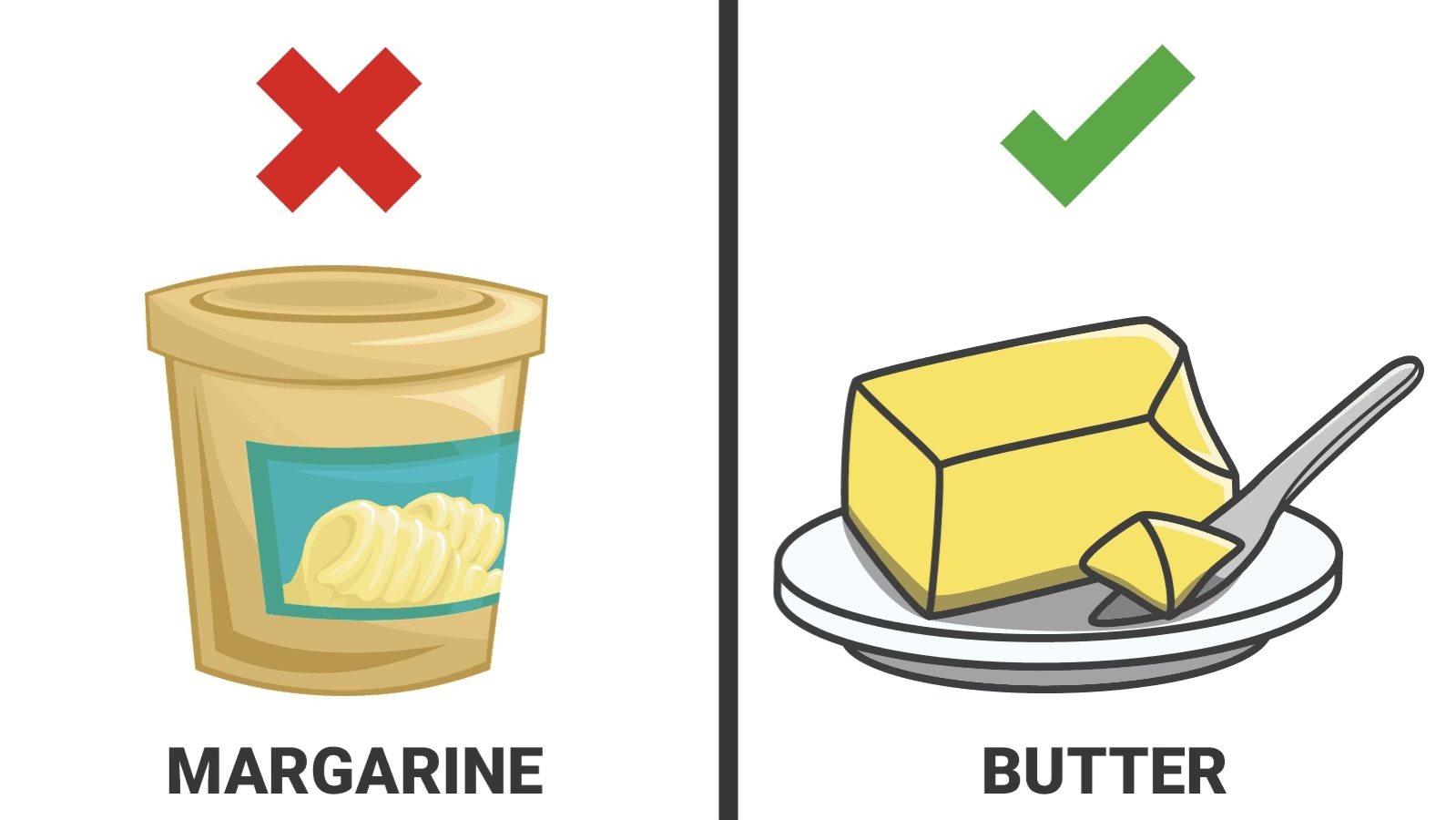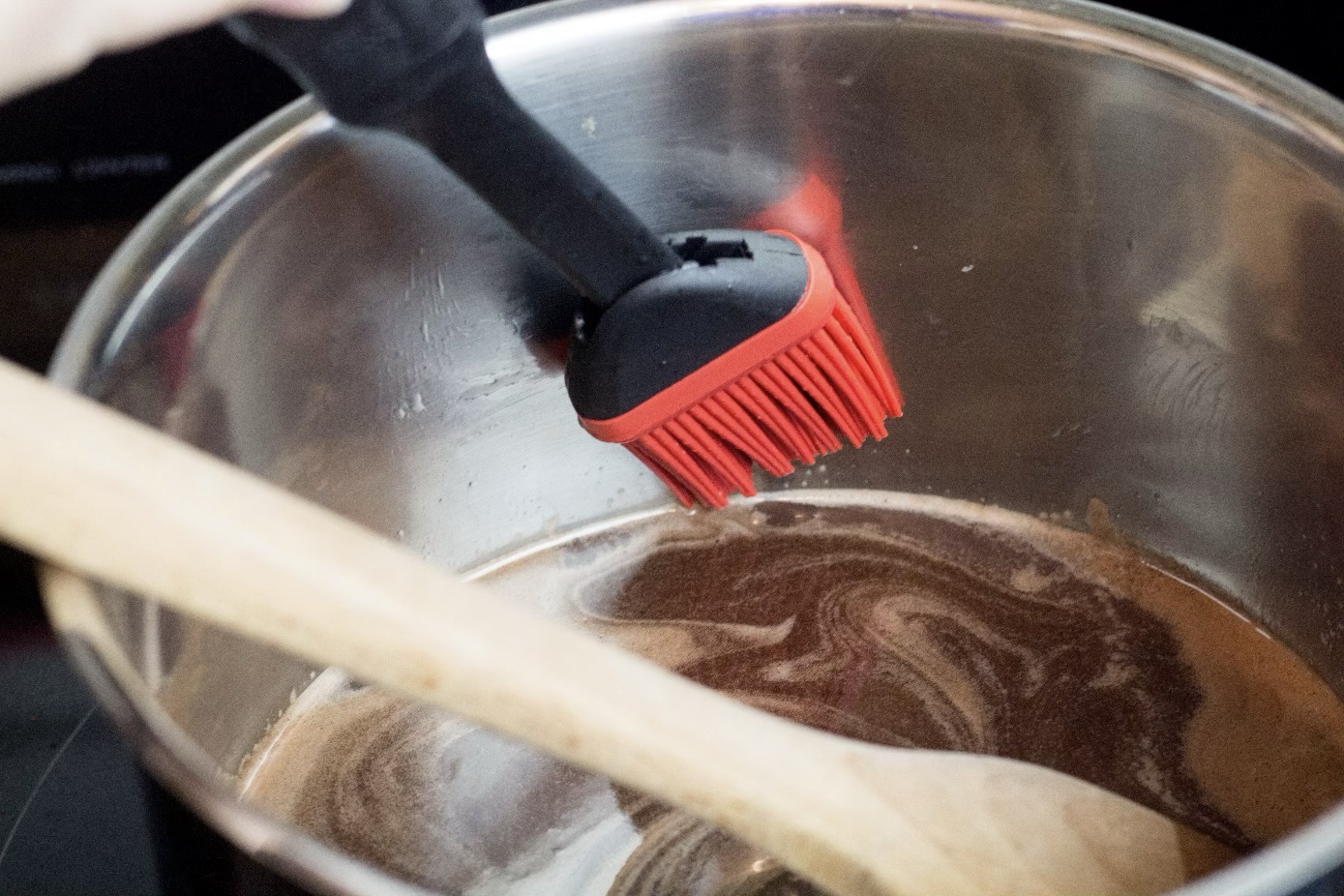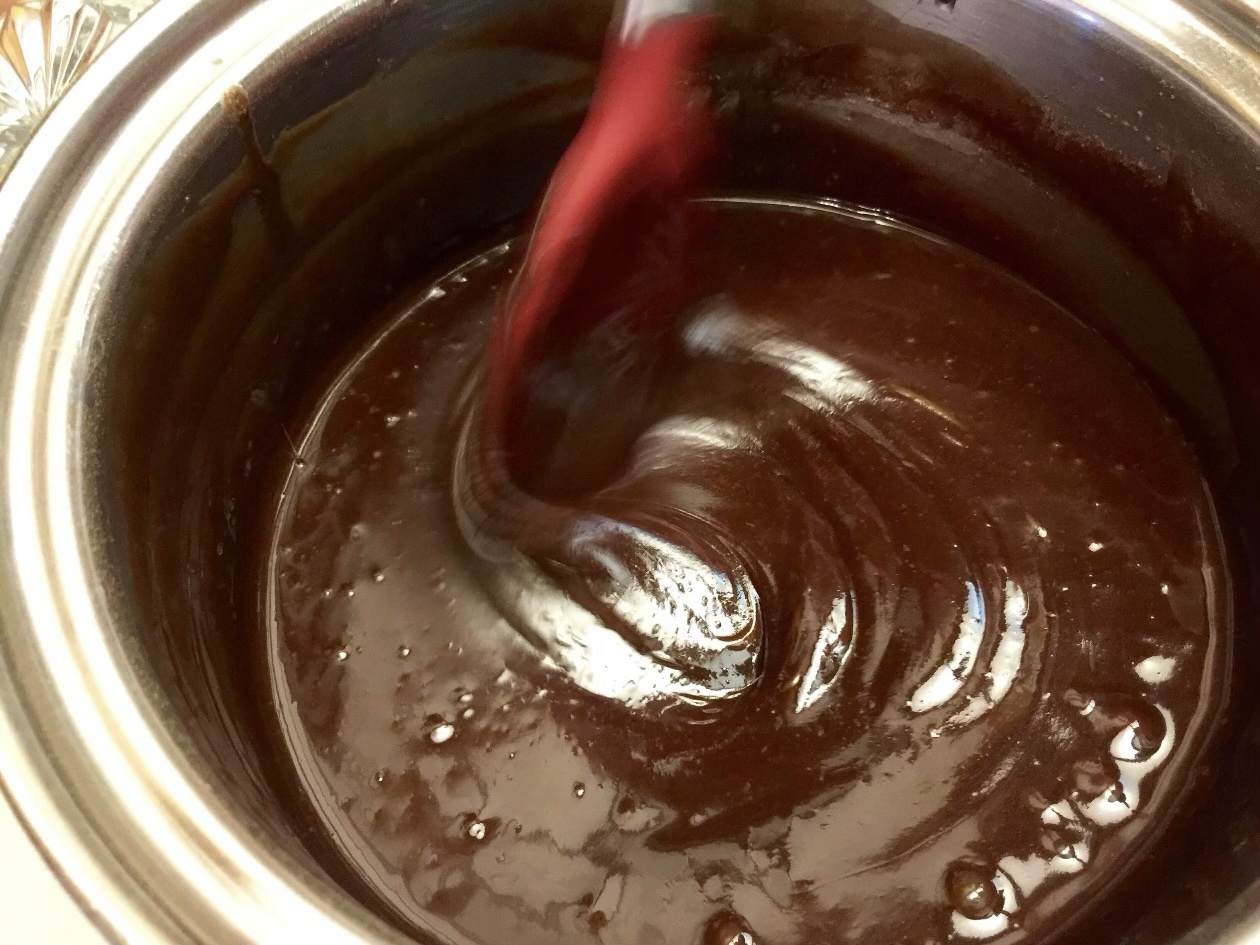How to Make Fudge You’ll Love and Be Proud to Give Away!
Some days ago, Dan sent me this article (below) from a May 2002 newsletter and suggested we might want to address this concern sometime soon. Reader MargiMille was struggling with making a successful batch of fudge and asked for help.

With Valentine’s Day coming (the #1 occasion for giving chocolate, by the way), I think Dan is right—this information might be of interest to today’s readers. So in case some of you prefer giving homemade fudge rather than store-bought, here are our “Fudge Making Secrets” (as true today as they were in 2002!).
Turns out, there's more science to making fudge than you’d think. Whether it’s a batch that’s too sugary (one with a “grainy” texture), or a batch that refuses to set up, there are some specifics you need to know that go beyond reducing the sugar content or leaving it in the fridge longer. Both issues will be corrected if you follow these guidelines (with exactness!):
First, let’s look at why it fails to set up. This is usually the result of too much butter, substituting margarine (which has a high-water content) for butter, or not boiling your mixture long enough. Also, rainy weather (humidity) can even affect the outcome. (Maybe we should avoid fudge-making when there’s a forecast of rain?)

But assuming it’s a fair-weather day, start by bringing the milk and sugar ingredients to the correct temperature 234 degrees F); you want to super-saturate the milk with sugar. And remember this time-tested “rule of thumb”: For high altitude boiling, reduce the 234-degree F temperature by 2 degrees for each 1,000 feet above sea level. You also want to be sure your candy thermometer is calibrated correctly. Consistent problems with candy-making are often the result of an incorrectly calibrated thermometer.
“Stir” the fudge mixture constantly until it reaches correct temperature. If the melting sugar splashes onto the sides of the pan, it turns back into crystals and causes the fudge to seize up. To avoid this issue, swirl the pan instead of stirring it with a spoon. You can use a wet pastry brush to wipe away any sugar that sticks to the sides of the pot. Scraping the sugar from the pan sides back into the fudge mixture is one common reason why fudge turns out grainy.

Once the exact temperature is reached, remove the pan from the heat and stir in butter. (Adding butter in the beginning with the milk and sugar mixture impedes the syrup's ability to "super-saturate," which also causes a grainy end product.) Stir the butter in until dissolved (for only 30 seconds or less) and then STOP stirring.
Let the fudge slowly cool to 110-115 degrees F. Don't stir, don't touch, don't let a speck of dust fall in it! If you do, the sugars will crystallize and cause that nasty grainy end product. And cooling it too fast can also cause a grainy fudge that also has a lumpy texture.
Once your fudge has cooled to 110 degrees F, it’s time to beat it until it turns glossy and begins to harden. This important step creates that creamy texture we all know and want.

Finally, pour it into your already prepared buttered, foil-lined pan. Let it cool completely. THIS is how you make a fudge you will not only love, but will be proud to give away!
 Alice Osborne
Alice Osborne
Weekly Newsletter Contributor since 2006
Email the author! alice@dvo.com
